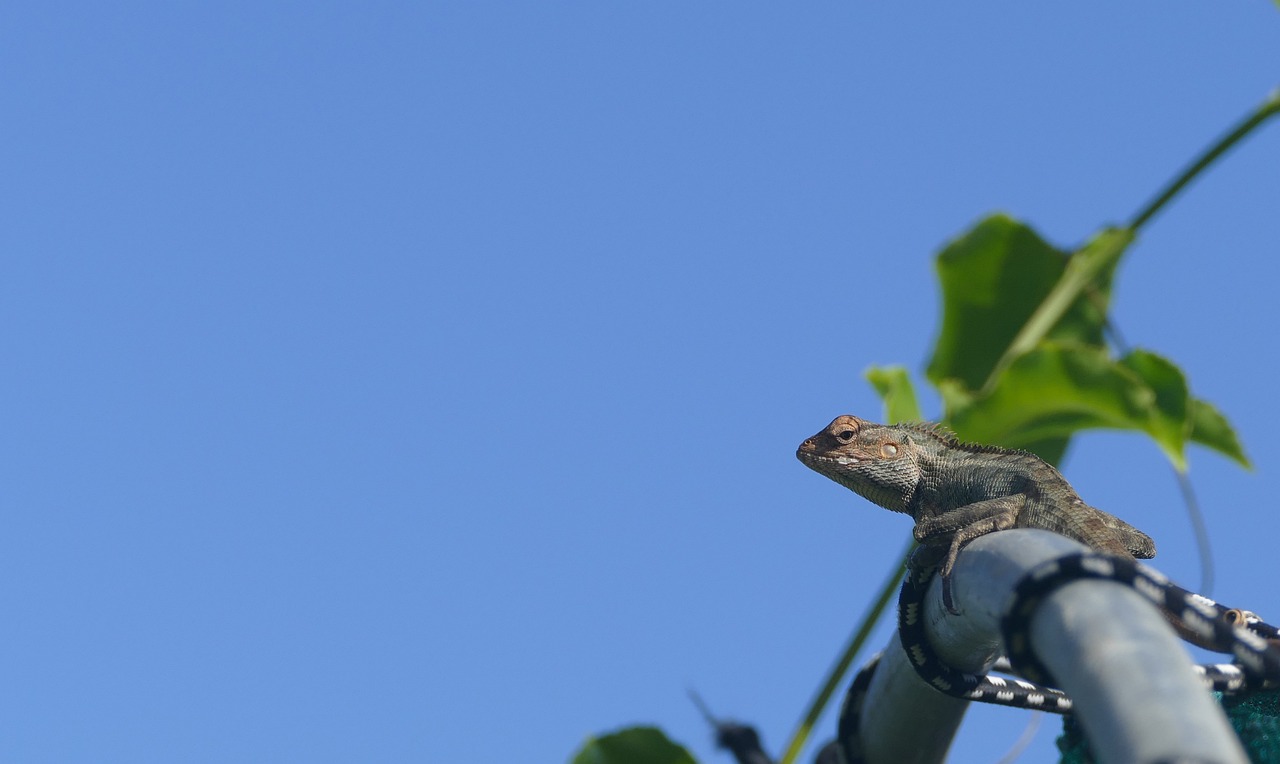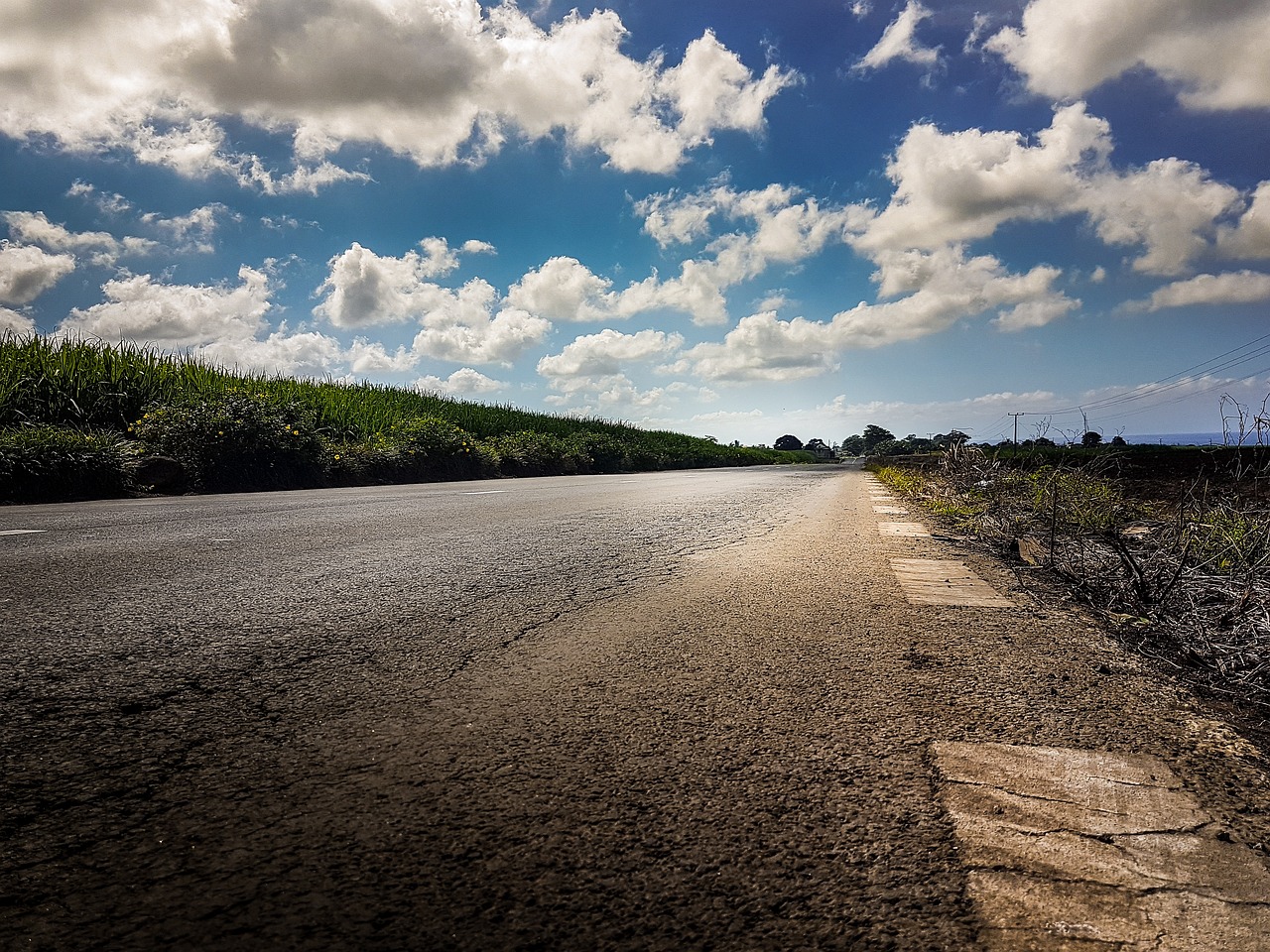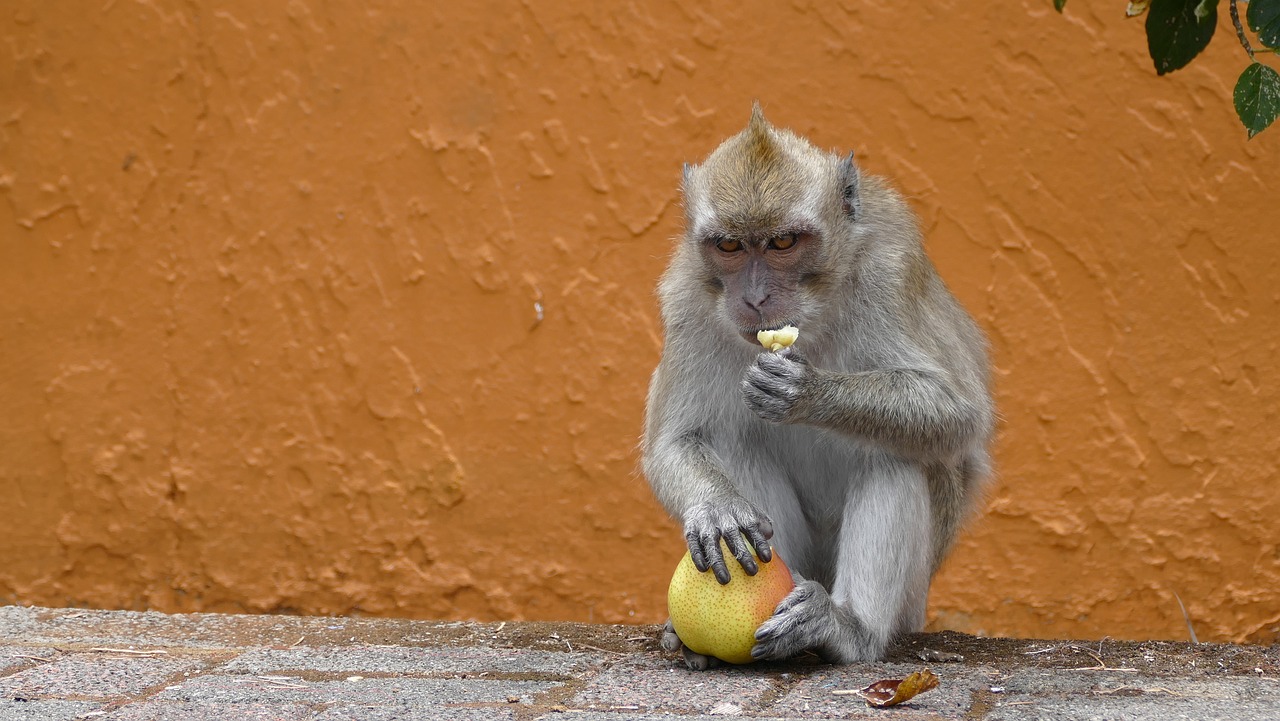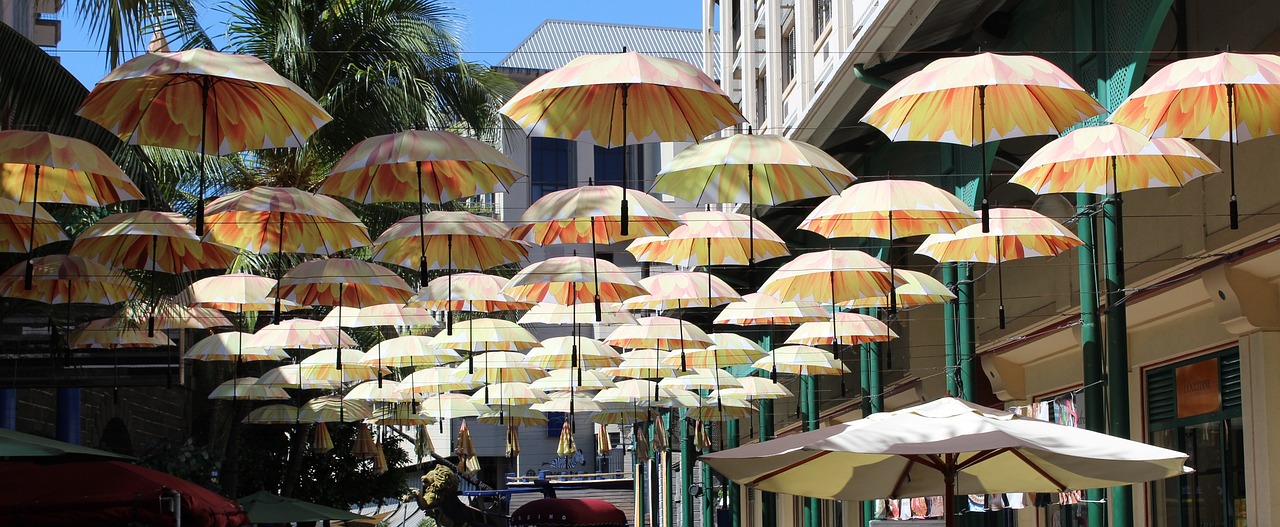Mauritius Video
Celebrating Global Festivals with Locals in Mauritius
Mauritius, a beautiful island nation located in the Indian Ocean, is known for its diverse cultural heritage and vibrant festivals. Celebrating global festivals with locals in Mauritius offers a unique opportunity to immerse yourself in the local culture and experience the joy and excitement of these festive occasions. From Hindu festivals to Chinese New Year and Islamic celebrations, Mauritius hosts a wide range of festivals throughout the year that showcase the multiculturalism of the island. In this article, we will explore some of the most popular festivals in Mauritius and how you can celebrate them with the locals.
Holi Festival: Celebrating the Festival of Colors
The Holi Festival, also known as the Festival of Colors, is a Hindu festival celebrated with great enthusiasm and joy in Mauritius. It usually takes place in March and marks the arrival of spring. During this festival, locals and visitors come together to throw colored powders and water at each other, symbolizing the triumph of good over evil and the arrival of a new season. The atmosphere is filled with laughter, music, and dance as people celebrate this vibrant festival. Some of the popular places to celebrate Holi in Mauritius include the capital city of Port Louis, where large-scale events are organized, and the picturesque beach of Flic en Flac, where locals gather for beachside celebrations.
- Colorful Powders: Participants throw colored powders at each other, creating a vibrant and festive atmosphere.
- Water Play: Water guns and water-filled balloons are used to drench each other, adding an element of fun and coolness to the celebrations.
- Traditional Music and Dance: Live music performances and traditional dance forms such as the Bhojpuri dance are an integral part of Holi celebrations in Mauritius.
- Delicious Food: Traditional Indian sweets and snacks are prepared and shared among friends, family, and strangers during Holi.
The colorful powders used during Holi are made from natural ingredients and come in a variety of bright hues. These powders are non-toxic and safe to use, allowing everyone to fully enjoy the playful nature of the festival. From vibrant reds and blues to dazzling yellows and pinks, the colors add a sense of joy and excitement to the festivities.
Alongside the colored powders, water play is also a significant part of Holi celebrations in Mauritius. Water guns and water-filled balloons are used to playfully drench each other, bringing relief from the warm tropical climate and adding an extra element of fun to the festivities. The laughter and smiles that accompany these water fights create lasting memories for both locals and visitors.
Traditional music and dance performances are an essential aspect of Holi celebrations in Mauritius. Local artists and dance troupes showcase their talent by performing traditional dance forms like the Bhojpuri dance, accompanied by lively music. These performances add to the festive spirit and create a joyful ambiance for everyone present.
Food plays a significant role in Holi celebrations, with a wide variety of delicious Indian sweets and snacks being prepared and shared among friends, family, and even strangers. Traditional dishes like gujiya (sweet dumplings), puran poli (sweet flatbread), and thandai (a refreshing drink made with milk and flavored with nuts and spices) are enjoyed by all. Sharing food during Holi is a symbol of unity and harmony, bringing people together to celebrate the festival.
Chinese New Year: Embracing the Lunar New Year
Chinese New Year, also known as the Spring Festival, is one of the most significant celebrations for the Chinese community in Mauritius. It is based on the lunar calendar and usually falls between late January and mid-February. During this festive period, the streets and houses are adorned with vibrant red decorations, symbolizing good luck and prosperity. The Chinese community in Mauritius celebrates this auspicious occasion with various cultural activities, including dragon and lion dances, fireworks, and traditional feasts.
- Dragon and Lion Dances: Colorful dragon and lion dance performances are a highlight of Chinese New Year celebrations in Mauritius.
- Fireworks: Spectacular fireworks displays light up the night sky, creating a mesmerizing visual spectacle for locals and visitors alike.
- Traditional Feasts: Families come together to prepare and enjoy elaborate traditional Chinese meals during Chinese New Year.
- Red Envelopes: Red envelopes containing money are exchanged as a symbol of good fortune and blessings for the upcoming year.
Dragon and lion dances are an integral part of Chinese New Year celebrations in Mauritius. These captivating performances involve dancers dressed as dragons or lions, accompanied by the rhythmic beats of drums and cymbals. The energetic and synchronized movements of the dancers are believed to bring good luck and ward off evil spirits, making it an essential tradition during the festival.
Fireworks are a common feature of Chinese New Year celebrations in Mauritius. Bursting with vibrant colors and patterns, the fireworks illuminate the night sky, adding a touch of magic and excitement to the festivities. Locals and visitors gather in designated areas to witness these spectacular displays and marvel at the beauty of the fireworks.
Chinese New Year is a time for families to come together and celebrate. Traditional feasts are prepared, featuring a wide array of delicious Chinese dishes. Dumplings, spring rolls, fish, and rice cakes are among the traditional foods enjoyed during this festive season. These meals symbolize good luck, prosperity, and unity among family members.
Red envelopes, also known as “hongbao,” are an essential part of Chinese New Year traditions. These envelopes are filled with money and given as gifts to children, family members, and friends. The red color of the envelope is believed to bring good luck and ward off evil spirits. The act of giving and receiving red envelopes is seen as a gesture of goodwill and blessings for the year ahead.
Eid al-Fitr: Celebrating the End of Ramadan
Eid al-Fitr, also known as the Festival of Breaking the Fast, is a significant Islamic festival celebrated by the Muslim community in Mauritius. It marks the end of Ramadan, a month of fasting and prayer. The festival begins with a special prayer at the mosque, followed by gatherings with family and friends, feasting, and giving to those in need. The streets come alive with vibrant decorations, and traditional Islamic attire is worn by many during this festive occasion.
- Prayer at the Mosque: Muslims gather at the mosque to offer a special prayer called Salat al-Eid, which is followed by a sermon delivered by the Imam.
- Feasting with Family and Friends: Elaborate meals are prepared and shared with loved ones to celebrate the end of Ramadan.
- Charitable Acts: Muslims engage in acts of charity by giving to the less fortunate during Eid al-Fitr.
- Traditional Attire: Many Muslims in Mauritius wear traditional Islamic attire, such as the thobe for men and the abaya for women, during Eid al-Fitr.
Eid al-Fitr begins with a special prayer at the mosque, where Muslims gather in large numbers to offer Salat al-Eid. This prayer is performed in congregation and is led by the Imam. After the prayer, the Imam delivers a sermon, focusing on the significance of Eid al-Fitr and the values of peace, unity, and gratitude.
Eid al-Fitr is a time for feasting and celebration with family and friends. Elaborate meals are prepared, featuring traditional Islamic dishes such as biryani, samosas, kebabs, and sweet treats like sheer khurma (a vermicelli pudding). These meals are shared with loved ones, symbolizing unity, love, and generosity.
Eid al-Fitr emphasizes the importance of giving and helping those in need. Muslims engage in acts of charity by giving to the less fortunate, which may include distributing food, clothes, or money to those who are struggling. This act of kindness and generosity is seen as a way to purify one’s wealth and seek blessings from Allah.
During Eid al-Fitr, many Muslims in Mauritius dress in traditional Islamic attire as a way of expressing their religious and cultural identity. Men often wear the thobe, a long robe-like garment, while women wear the abaya, a loose-fitting robe that covers the body. These traditional outfits contribute to the festive atmosphere and create a sense of unity among the Muslim community.
Mauritius Image 1:

Diwali: The Festival of Lights
Diwali, also known as Deepavali, is a major Hindu festival celebrated by the Hindu community in Mauritius. It is known as the Festival of Lights and symbolizes the victory of light over darkness and good over evil. Diwali is celebrated with great fervor and enthusiasm, with houses and streets adorned with colorful lights and oil lamps. The festival is marked by fireworks, feasts, and the exchange of gifts among family and friends.
- Decorative Lights and Oil Lamps: Houses and streets are decorated with colorful lights and oil lamps, creating a mesmerizing sight during Diwali.
- Fireworks: Spectacular fireworks displays light up the sky, adding to the festive atmosphere of Diwali.
- Feasting and Sweets: Elaborate feasts are prepared, and a variety of sweets and snacks are shared among family and friends.
- Gift Exchange: Family and friends exchange gifts as a gesture of love and affection during Diwali.
Diwali is known for its vibrant and elaborate decorations. Houses are adorned with decorative lights, both inside and outside, to symbolize the triumph of light over darkness. Oil lamps, known as diyas, are also lit and placed around homes, adding a warm and welcoming glow to the surroundings. The sight of these lights and lamps creates a magical ambiance during the festival.
Fireworks are an integral part of Diwali celebrations in Mauritius. Bursting with colors and patterns, the fireworks create a dazzling display in the night sky, captivating both young and old. The loud bangs and bright lights add to the excitement and joy of the festival, creating an unforgettable experience for all.
Diwali is a time for indulgence in delicious food and sweets. Families come together to prepare elaborate feasts, featuring a variety of vegetarian dishes. Sweets and snacks, such as ladoos, barfis, and jalebis, are also prepared and shared with loved ones. The exchange of sweets symbolizes the sharing of joy and happiness during the festival.
Diwali is a time for expressing love and affection through the exchange of gifts. Family members and friends exchange presents, symbolizing their appreciation for one another. These gifts can range from traditional items like clothes, jewelry, and home decor to modern gadgets and accessories. The act of giving and receiving gifts strengthens bonds and fosters a sense of unity among loved ones.
Navratri: Dancing to the Rhythm of Devotion
Navratri, meaning “nine nights,” is a Hindu festival celebrated in Mauritius to honor the divine feminine energy. It is dedicated to the goddess Durga and involves vibrant music, dance, fasting, and religious rituals. During Navratri, locals and visitors come together to participate in traditional dances called garba and dandiya, which are performed in large groups. The festival is a celebration of devotion and spirituality, with each night representing a different aspect of the goddess.
- Garba and Dandiya Dance: Traditional dances such as garba and dandiya are performed in large groups during Navratri.
- Fasting and Devotion: Many individuals observe fasts and engage in religious rituals to seek blessings during Navratri.
- Colorful Traditional Attire: Participants dress in colorful traditional attire, such as chaniya cholis for women and kediyu for men, during Navratri.
- Community Gatherings: Navratri brings people together, fostering a sense of community and togetherness.
Garba and dandiya are traditional dances that form an integral part of Navratri celebrations in Mauritius. Garba is performed in a circular formation, with participants moving in rhythmic steps while clapping their hands. Dandiya, on the other hand, involves dancing with colorful sticks called dandiyas. These dances are accompanied by lively music and create a festive atmosphere filled with energy and enthusiasm.
Navratri is a time of fasting and devotion for many Hindus in Mauritius. Some individuals choose to observe fasts, abstaining from certain foods or consuming only vegetarian meals. They also engage in religious rituals, such as offering prayers and performing aarti (a ritual of worship involving lighted lamps), to seek blessings from the goddess Durga. This period of spiritual reflection and discipline is seen as a way to purify the mind and body.
Dressing in traditional attire is an essential part of Navratri celebrations. Women often wear chaniya cholis, which are vibrant and heavily embroidered outfits, while men opt for kediyu, a traditional top paired with dhoti or trousers. The colorful attire adds to the festive spirit and creates a visually captivating scene during the dance performances.
Navratri is a time for community gatherings and socializing. People come together to participate in the dances, exchange greetings, and celebrate as a unified community. The festival promotes a sense of togetherness and encourages individuals to connect with one another, regardless of their background or differences.
Mauritius Image 2:

References:
- gypsywarrior.com
- mauritius.net
- mauritiustourism.org
- mauritiusattractions.com
Mauritius Image 3:



